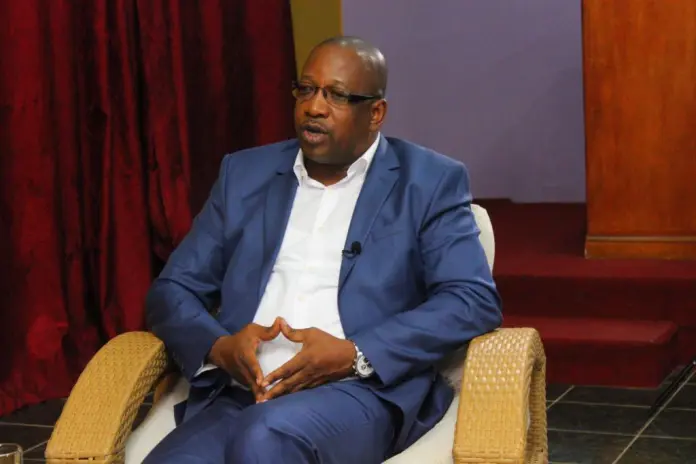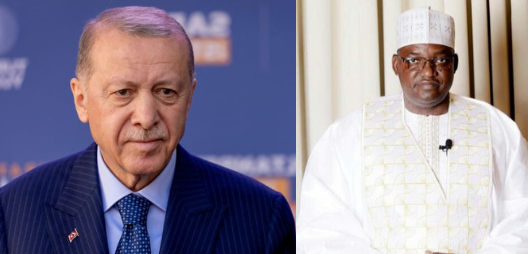By Tabora Bojang
The minister of finance, Seedy Keita, has acknowledged that the country’s debt stock was not more than D60 billion when the new government took over in 2017.
The Barrow administration inherited a debt stock of D56.5 billion which has since risen to D90.7 billion as of December 2022. Many economic analysts believe despite these unprecedented loans, the government has not focused on opportunities to invest in people and programmes that spur economic stability with the national poverty rate rising to 53.4 percent in 2020, according to the World Bank.
Quizzed on these high public debts at a press conference in Banjul Friday, Minister Keita argued that taking loans is not in itself a problem, it is the usage that matters.
“But one very important clarification we need to make is that a large portion of the debt stock about 52 percent is denominated to foreign currency and when this government was coming, the exchange rate to the dalasi was below D50. Meanwhile, the exchange rate has depreciated and that has an upward translation of the debt stock in Dalasi terms by 15 percent. Also following the onslaught of Covid-19, there was a debt service repayment moratorium where the principal payment was deferred. So the government was not servicing the principal of most of these international loans” the Minister stated.
He further argued: “As the Americans call loans leverage, it is a double-edged sword. If you put it to productive use like enhancing the economic capacity, building the infrastructure network, building the roads, the hospitals, and the human capital formation you are building the stock of what it takes to develop a country. Of course the investment is today, but the associated return will be long term generating and benefitting future generations. So what is important as a government is where you take the proceeds of those loans to. We have to ensure they [loans] are put to sectors that will enhance the economic capacity. And most of those loans are not used to finance recurrent expenditure, they are going into projects and programs for building the institutional and the economic capacity of the country.”
According to the minister, some of the roads contracted with loans including the Bertil Harding Highway, other roads in Central and Upper River regions, are all enhancing the economic capacity of Gambians.
“We are getting to feel the economic impact of the Bertil Harding highway even before its completion. Today you can go to Basse and come back within a day and before these infrastructures were not put in place, a journey to Basse will last more than 7 hours and you may not come back that day. So these are what the loans are put into. It is not just that our national development is fixed to loans. No. We also use part of our national budget to invest in infrastructure.”
Inflation
Addressing concerns on high rise in food and non-food inflation, the former trade minister said any analysis of the Gambian economy without taking into context the global and regional economic environment is “unfair.”
“We have to do a comparative analysis to check if the world is moving fine and we are doing badly then we have a problem. Globally, there is no nation that I am aware of that is not facing inflation. Inflation in Ghana is about 47, Nigeria 55 percent and in Sierra Leone is over 30 percent, the only countries which had a relatively lower inflation is the CFA zone in which the monetary policy is linked to the Euro. We are not happy with the rate of inflation [in Gambia] but we compare favourably in the region.”
The press conference was organised to shed light on the completion of the International Monetary Fund’s sixth and final review of the Extended Credit Facility arrangement for the Gambia which enables the disbursement of $6.6 million to help meet balance of payments and fiscal financing needs of the government.
CBG Governor Buah Saidy disclosed that under the IMF support, Gambia received $11 million debt relief, $95 million ECF disbursement, $21 million emergency funding during Covid-19 and $75.5 million general SDR allocation
Asked what these monies have done for The Gambia, the Governor replied that they have helped build up Gambia’s reserves, spur growth, increase tax revenues, and capital expenditure to from under D500 million to D3 billion.
“There were also significant reforms just like Obama told the African leaders at the AU that Africa should consider having stronger institutions than strong men. That is what we saw in Gambia. We have not seen a strong man. He is gone. We are seeing strong institutions,” Governor Saidy added



